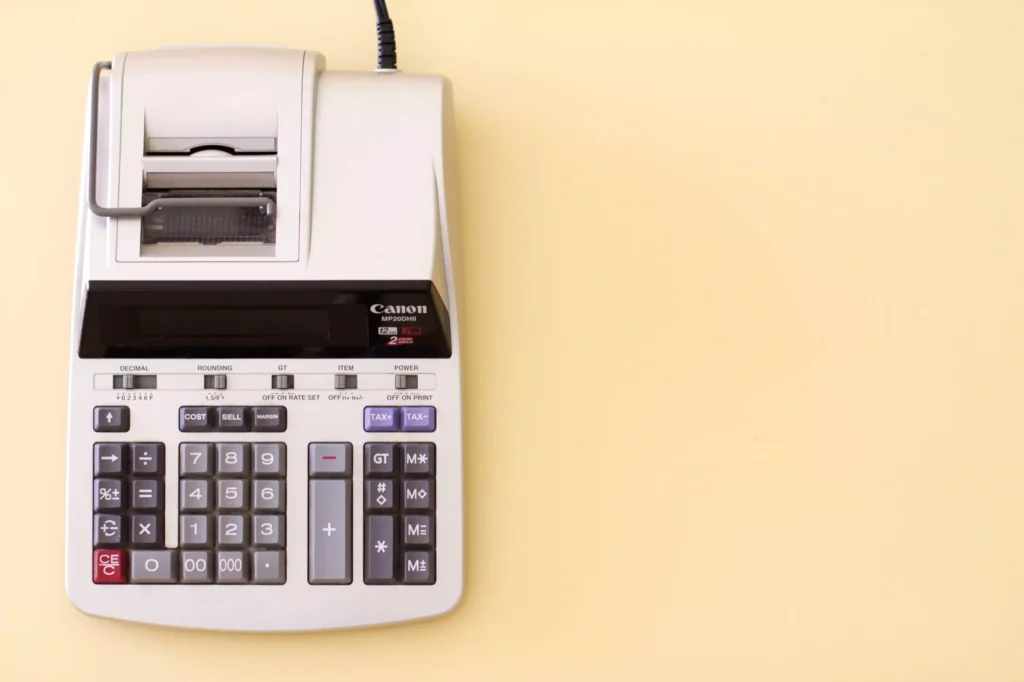
Story at-a-glance
- Budgeting is the foundation of cash flow control, helping physicians build wealth after years of training and delayed earnings.
- Preparation matters—set up a dedicated space, gather financial records, and approach your budget with a focused, business-like mindset.
- Start with a clear picture of income and expenses, and prioritize savings or debt payoff first before adjusting other spending.
- Live by the rule: “If it’s not in the budget, don’t buy it.” Smart spending leads to freedom, not restriction.
- As cash flow improves, split extra funds wisely—grow savings, reduce debt, and enjoy a portion now.
After spending seven to 12 years in medical school and training, the idea of budgeting probably doesn’t hold much appeal for most new physicians. But, we all have a goal of improving our cash flow which is the essence of budgeting, and any business expert or professional athlete will tell you that, if you want to improve something, track it. And that’s exactly what a budget will enable fledgling physicians to do. The reality is that effective budgeting can be liberating and empowering especially when you finally gain control of your finances and start on the road to really building wealth.
Once you have these budgeting basics down, you’ll be ready to gain control over your finances and make some serious headway towards achieving your most important financial goals:
Prepare to Budget
Budgeting is not a difficult task unless you are not prepared for it. It does require somewhat of a business mind-set (not business experience), and the task is made much easier if you are organized. It helps if you find a corner of your home that you can devote strictly to your personal finances – a file cabinet or box, a couple of desk drawers and a clean desktop. The less distraction you have in preparing and managing your budget, the less time you’ll need.
Gather up all of your earnings and spending records – your checkbook register, your utility bills, insurance premium notices, your credit card and other loan statements. If you bank online, print out your last 3 months of statements. If you use cash for your purchases, track down all of your receipts.
Create Your Budget Picture
Essentially, your budget is a snapshot of your current finances. You create the picture by listing all of your expenditures and then calculating your current cash flow. From there you can start to make any necessary adjustments in your spending.
Financial success tip: List your top financial goals at the top of the fixed expenditures. The key to achieving your goals is to save towards those or pay down debt first, before any other expenditure. If, after entering savings requirement, your net cash flow shows negative, it’s time to make some cuts in the rest of your expenditures. Try not to change your savings goal amount!
Using a budgeting tool such as a website like Mint can facilitate this process and allow you make adjustments and calculate results much more quickly.
Live by the Budget
Once your initial budget is set, it becomes your spending plan. Budget-minded people aren’t necessarily penny-pinchers. Rather, they make a sport out of finding new ways to keep their expenses down. They focus on making smart buying decisions and they celebrate great shopping deals. And, they don’t use credit cards unless it’s to pay for budgeted items that can be paid in full each month.
When, at the end of the month, they see that they’ve spent less than their budget, they reward themselves – an extra dinner out, a new pair of jeans, or, better yet, more savings toward their financial goals. The one crucial rule they won’t break is, “if it’s not in the budget, don’t buy it.”
Improve the Picture
As your spending habits become shaped by your budget, inevitably you will find that your cash flow will grow. You will have a whole new decision to make at the end of the month – what to do with the extra cash. It’s your choice. You can grow your lifestyle, decrease your debt, or accelerate your savings growth. Why not choose a balanced approach? For instance, 50% of your excess cash goes to savings, 30% goes to debt, and 20% for you to enjoy now.
The best way to manage your budget planning is by using a software tool that allows for easy input and easy tracking. Mint is free and it provides creates a clear and accurate picture of your current finances while enabling you to track your progress towards each of your goals.
Invest in Your Tomorrow
Want more information about creating a financial plan? Schedule a financial planning consultation with a certified professional.




